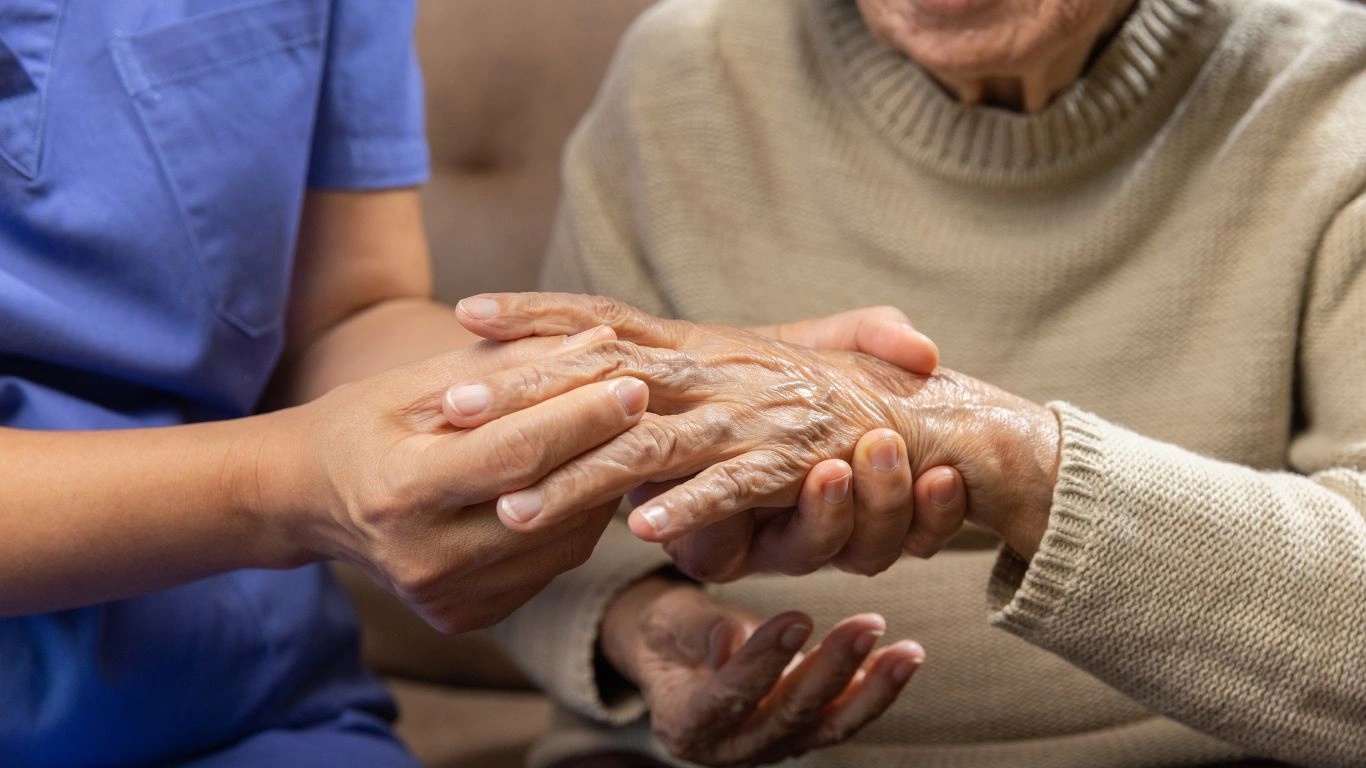Mindfulness for Rheumatoid Arthritis: A Natural Way to Ease Joint Pain
Rheumatoid arthritis is more than just joint pain—it’s an unpredictable, often frustrating journey that can disrupt your daily life. As a Rheumatology Nurse Practitioner, I’ve worked with countless patients who struggle with stiffness, swelling, and pain that seem to have a mind of their own. And while medication plays a crucial role, I’ve found that incorporating mindfulness techniques can make a significant difference in managing joint pain. Let’s dive into how mindfulness can help ease the burden of rheumatoid arthritis and improve your quality of life.
Understanding Rheumatoid Arthritis: More Than Just Joint Pain

Rheumatoid arthritis (RA) is an autoimmune disease that causes your immune system to mistakenly attack your joints, leading to inflammation, pain, and stiffness. Unlike osteoarthritis, which results from wear and tear, RA is driven by your immune system going haywire. This means that managing it isn’t just about taking pain relievers—it requires a multifaceted approach.
Many of my patients describe feeling exhausted even before their day begins, thanks to the relentless inflammation. The worst part? The unpredictability. One day you feel okay, and the next, a flare-up can make even the simplest tasks—like buttoning a shirt—seem impossible. This is where mindfulness can come in as a powerful tool.
How Mindfulness Helps Manage Joint Pain
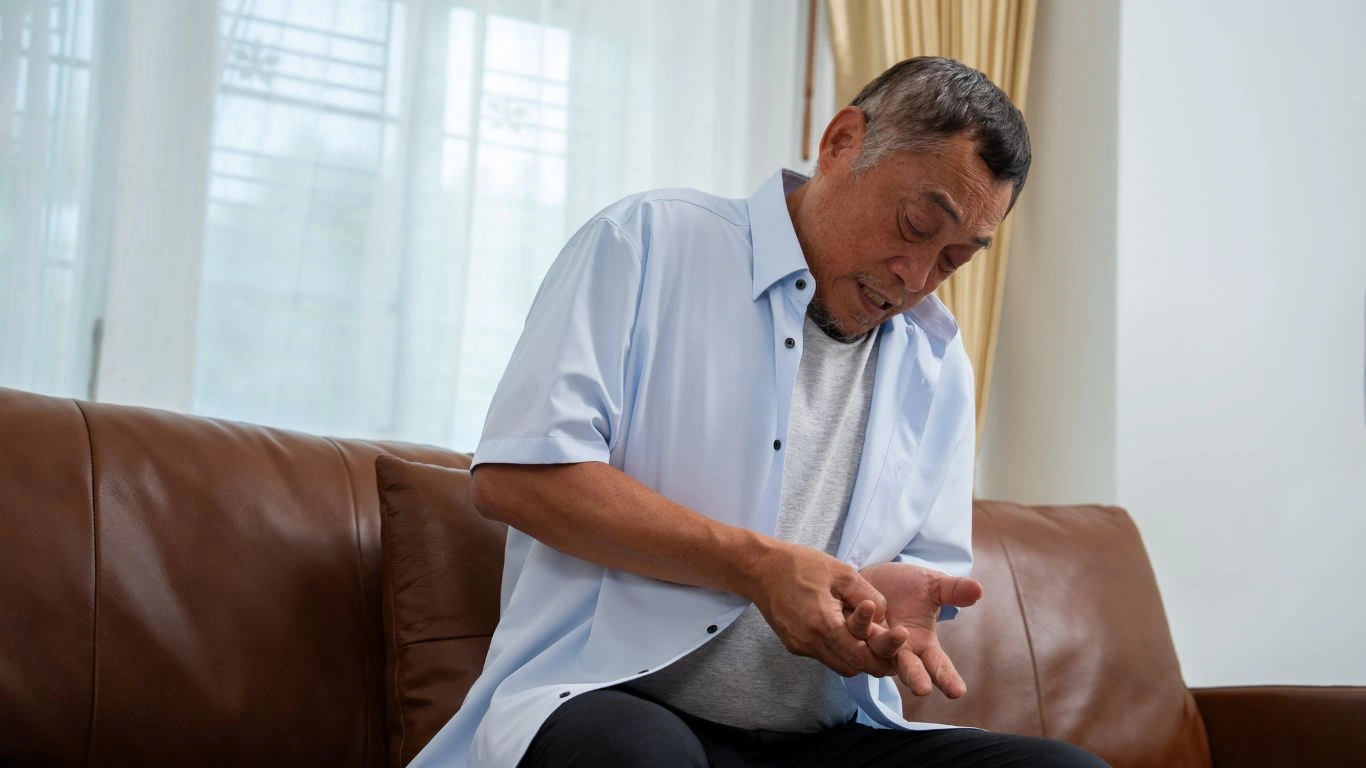
Mindfulness isn’t just about meditation or deep breathing—it’s about staying present and acknowledging your pain without letting it consume you. I’ve had patients who, after years of battling their RA, find a sense of relief through simple mindfulness techniques.
Reducing Stress to Lower Inflammation
Chronic stress is a known trigger for inflammation. When you’re anxious or overwhelmed, your body releases stress hormones like cortisol, which can worsen RA symptoms. Mindfulness helps by:
- Calming the nervous system
- Reducing the production of inflammatory chemicals
- Helping you break the cycle of stress and pain
One of my patients, Maria, used to experience intense flare-ups before big work presentations. After incorporating mindful breathing exercises, she noticed a dramatic improvement in her symptoms.
Mindful Breathing: A Simple Yet Powerful Tool
Something as simple as breathing with intention can work wonders. Try this:
- Sit in a comfortable position.
- Close your eyes and take a deep breath in, counting to four.
- Hold for a second, then exhale slowly, counting to six.
- Repeat this for a few minutes, focusing only on your breath.
It sounds simple, but trust me, it’s effective. I’ve seen firsthand how patients feel more in control of their pain after practicing mindful breathing regularly.
Using Body Awareness to Manage RA Pain
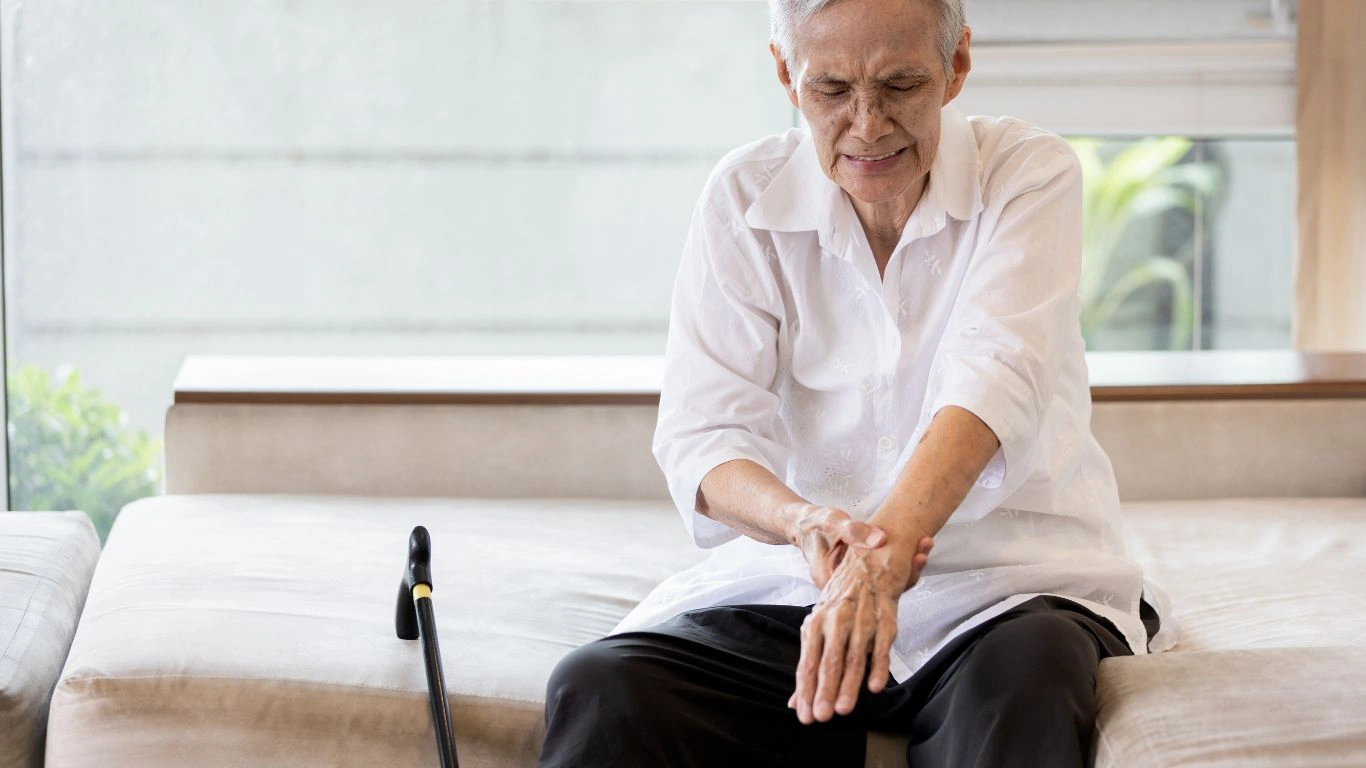
Mindfulness teaches you to tune into your body rather than fight against it. When a patient told me she felt betrayed by her own body, I introduced her to a technique called the body scan. Instead of pushing through pain, she learned to recognize where she held tension and to release it through focused awareness.
How to Do a Simple Body Scan
The body scan is a great way to bring awareness to your pain without judgment:
- Lie down or sit comfortably.
- Close your eyes and take a few deep breaths.
- Start from your toes and work your way up, noticing any tension or discomfort.
- Instead of resisting pain, acknowledge it and visualize it easing with each breath.
Many patients tell me they feel a sense of relief after just a few sessions. It’s like giving your body permission to relax, which can reduce pain intensity.
Mindful Movement: Gentle Ways to Keep Your Joints Happy
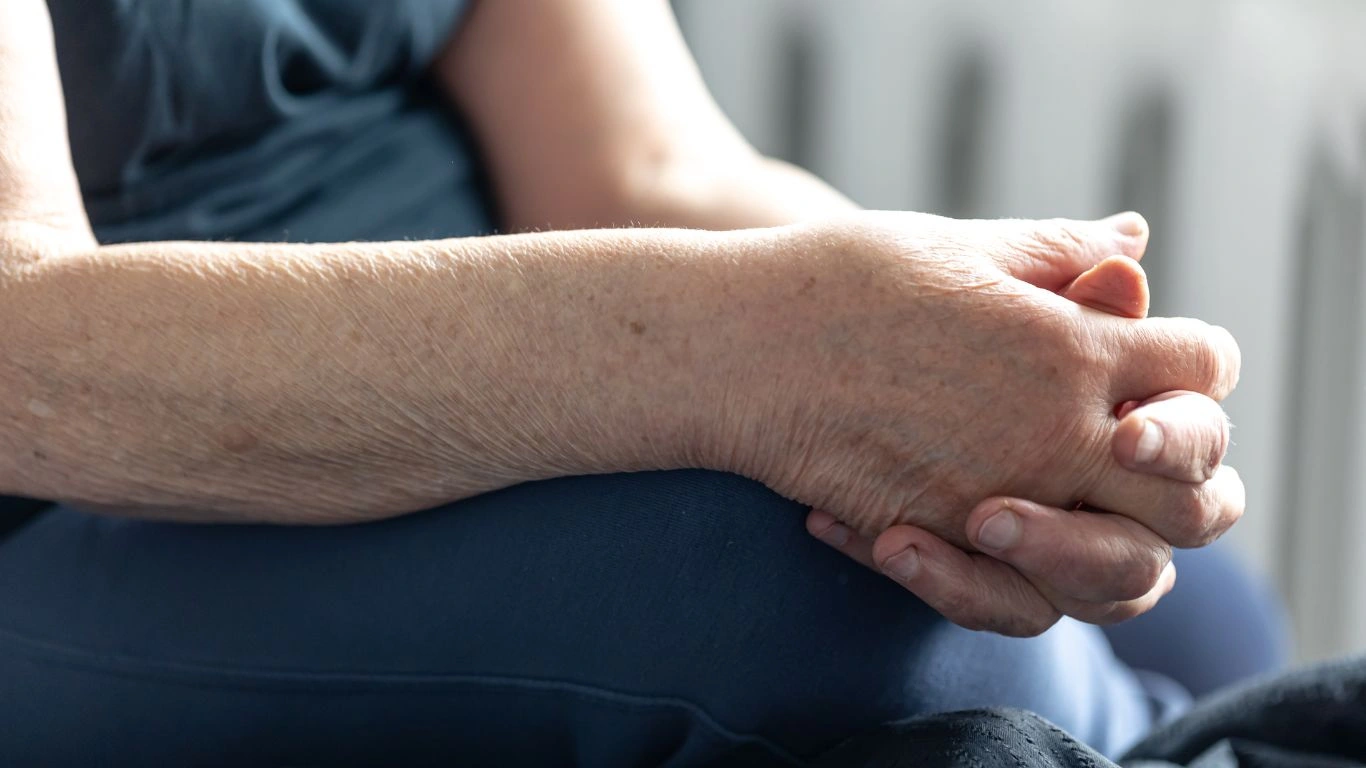
One of the biggest misconceptions I hear from my RA patients is that they should avoid movement to prevent pain. But here’s the truth: movement is medicine. The key is to move mindfully—choosing gentle exercises that strengthen your body without triggering a flare-up.
Why Movement Matters for Rheumatoid Arthritis
When you have RA, it’s tempting to rest all the time. After all, your joints hurt, so why make them work harder? But what I’ve seen in my practice is that too much inactivity can lead to:
- Stiff joints that feel even worse over time
- Weaker muscles that can’t support your joints properly
- Increased fatigue (yes, moving actually helps with energy levels!)
One of my patients, Greg, used to avoid exercise altogether, convinced it would worsen his pain. But after incorporating simple, mindful movements into his routine, he noticed a huge difference—less morning stiffness, better flexibility, and fewer flare-ups.
Low-Impact Exercises to Try
If you’re wondering where to start, here are some gentle, RA-friendly exercises I recommend:
- Yoga: Focuses on flexibility and relaxation, easing tension in the joints.
- Swimming: The buoyancy of water takes pressure off your joints, making movement easier.
- Walking: A simple way to keep your joints active without overstressing them.
- Tai Chi: A gentle, flowing movement practice that improves balance and joint function.
The goal isn’t to push yourself to the point of pain—it’s about moving with awareness and honoring what your body can do.
Mindfulness for Better Sleep: Easing Nighttime Joint Pain

There’s nothing worse than finally crawling into bed after a long day, only to be kept awake by aching joints. Sleep disturbances are a major issue for RA patients, and unfortunately, lack of rest can make inflammation worse. It’s a vicious cycle.
Many of my patients ask me, “How can I fall asleep when my joints are throbbing?” The answer often lies in mindfulness-based sleep techniques.
Creating a RA-Friendly Nighttime Routine
To improve sleep, try incorporating these simple habits into your evening:
- Warm Baths: A warm soak can relax stiff joints and prepare your body for rest.
- Mindful Breathing: Practicing deep breathing before bed signals your nervous system to wind down.
- Stretching: Gentle nighttime stretches can ease tension and reduce pain.
- Guided Meditation: Listening to a guided body scan meditation can help shift focus away from pain.
One of my RA patients, Lisa, started using a simple progressive relaxation technique—tensing and releasing different muscle groups while breathing deeply. Within weeks, she was sleeping better than she had in years.
Nutrition and Mindfulness: Eating with Intention
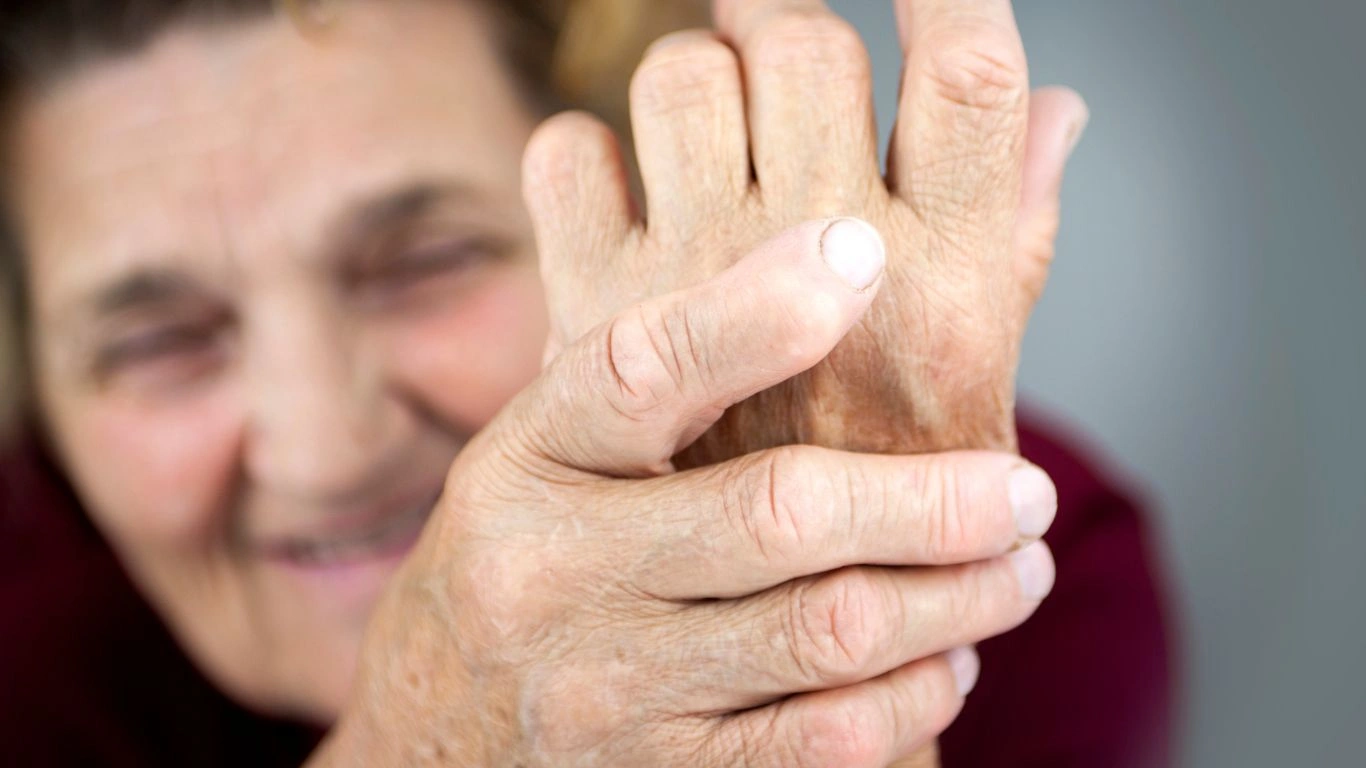
Food is a powerful tool in managing RA symptoms, but it’s not just about what you eat—it’s about how you eat. Practicing mindfulness at mealtime can help you tune in to your body’s needs and make better choices.
Anti-Inflammatory Foods to Prioritize
Through years of working with RA patients, I’ve noticed that certain foods consistently help with pain management. If you’re looking to reduce inflammation, try adding these to your diet:
- Fatty Fish: Salmon, mackerel, and sardines are packed with omega-3s.
- Leafy Greens: Spinach, kale, and Swiss chard are loaded with antioxidants.
- Turmeric: This golden spice has powerful anti-inflammatory properties.
- Nuts & Seeds: Almonds, walnuts, and flaxseeds are great for joint health.
Mindful Eating Practices
Many of us eat on autopilot—scrolling through our phones or watching TV while we snack. But bringing mindfulness into mealtime can improve digestion and even reduce inflammation. Try these simple tips:
- Eat slowly and chew your food thoroughly.
- Pay attention to how different foods make you feel.
- Avoid eating while distracted—focus on your meal.
- Practice gratitude for your food and the nourishment it provides.
I’ve had patients tell me that simply slowing down at meals helped them make better food choices and feel more in control of their health.
Building a Mindfulness Routine for Long-Term RA Management

Managing rheumatoid arthritis isn’t about quick fixes—it’s about finding sustainable strategies that help you feel better every single day. Many of my patients who successfully integrate mindfulness into their routine tell me that consistency is key. But where do you start?
Creating a Daily Mindfulness Plan
Rather than trying to overhaul your lifestyle overnight, I always recommend starting small. Here’s a simple RA-friendly mindfulness plan to help you get started:
- Morning: Begin your day with a body scan to check in with your joints and set an intention for the day.
- Midday: Take a five-minute breathing break to ease stress and reset your nervous system.
- Evening: Do gentle stretching or yoga to reduce stiffness and promote relaxation.
- Before Bed: Try a guided meditation to help with pain management and sleep.
The goal isn’t perfection—it’s about making mindfulness a natural part of your day. Even on tough days, doing just one small thing can make a difference.
Mindfulness in Daily Activities: Small Changes, Big Impact

Mindfulness doesn’t have to be a separate “activity” you schedule into your day—it can be woven into everything you do. Here are some everyday tasks where mindfulness can help ease RA-related stress and pain:
Mindful Walking
Walking is already great for joint health, but adding mindfulness makes it even better. As you walk:
- Pay attention to how your feet connect with the ground.
- Notice your breath and let it find a steady rhythm.
- Avoid distractions—put away your phone and be present in the moment.
Many of my patients tell me they used to dread walking due to joint pain, but by focusing on their breath and surroundings, they’ve started enjoying it more.
Mindfulness While Eating
We’ve talked about mindful eating before, but it’s worth emphasizing—being present at meals helps you:
- Recognize when you’re full (which can help with weight management and joint stress).
- Notice how certain foods affect your body.
- Slow down and truly enjoy your meals.
One of my patients told me she used to rush through meals without noticing what she was eating. Once she started practicing mindfulness at the table, she found that she naturally chose foods that made her feel better rather than worse.
Mindfulness During Rest
Rest is just as important as movement when managing RA, but many people struggle with feeling guilty about taking breaks. Here’s the thing: rest isn’t a weakness—it’s a necessity.
Try this the next time you rest:
- Find a comfortable spot and close your eyes.
- Focus on your breath, letting your body relax with each exhale.
- Instead of worrying about what you “should” be doing, remind yourself that rest is part of healing.
Learning to rest without guilt is a game-changer for RA management.
Additional Resources for RA & Mindfulness
There are so many fantastic resources out there to help you dive deeper into mindfulness for rheumatoid arthritis. Here are some places to start:
- Mindfulness Apps: Apps like Headspace and Calm offer guided meditations specifically for chronic pain.
- Yoga for Arthritis: The Arthritis Foundation has great resources for joint-friendly yoga practices.
- Online Support Groups: Connecting with others who understand what you’re going through can be incredibly helpful. Check out RA Support Networks for community resources.
Final Thoughts: Taking Control of Your RA Journey
Rheumatoid arthritis is unpredictable, and some days will be harder than others. But by incorporating mindfulness into your routine—whether through breathing exercises, gentle movement, or simply being present—you can take back a sense of control over your health.
I’ve seen firsthand how these small shifts can lead to big changes in how my patients feel, both physically and mentally. So, if you’re feeling overwhelmed, remember this: start with one mindful breath, one small movement, or one simple meal where you’re fully present. Over time, these moments add up to a life where RA no longer defines you.
Disclaimer
The information provided in this article is for educational purposes only and is not intended as medical advice. If you have rheumatoid arthritis or any other medical condition, please consult your healthcare provider before making any changes to your treatment plan.

Tarra Nugroho is a dedicated Nurse Practitioner with a strong foundation in family and preventive care. She brings both compassion and clinical expertise to her practice, focusing on patient-centered care and health education. As a contributor to Healthusias.com, Tarra translates medical knowledge into clear, empowering articles on topics like women’s health, chronic disease management, and lifestyle medicine. Her mission is simple: help people feel seen, heard, and informed—both in the clinic and through the content she creates. When she’s not caring for patients, Tarra enjoys weekend hikes, plant-based cooking, and curling up with a good health podcast.
